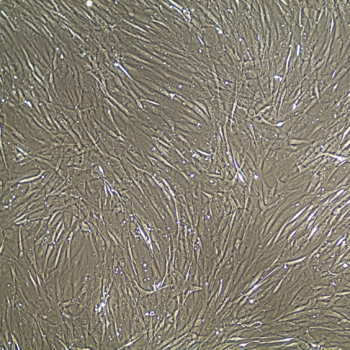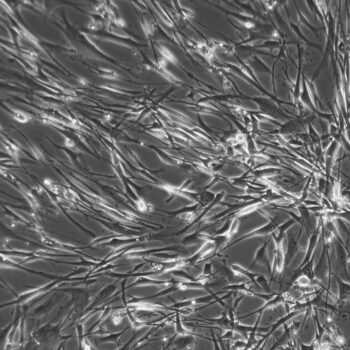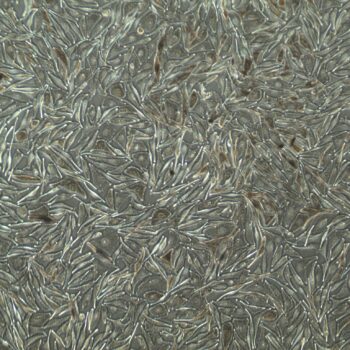
Damaging Effects of Cigarette Smoke on Airway Epithelium
The Airway Epithelium and Damage from Smoking
Every time we take a breath, the epithelial cells that line the airway and lungs are exposed to potential pollutants in the air. These epithelial cells form a protective barrier against pathogens in the air and also function to facilitate their removal. As such, the airway epithelium is the target of many respiratory viruses. Additionally, cigarette smoking exposes those same epithelial cells to harmful chemicals and known carcinogens. These harmful agents can damage airway epithelial cells, causing inflammation and increasing the risk of lung cancer. In fact, because of cigarette smoking, lung cancer is the most preventable human cancer.
Check out the Lifeline® catalog for all of your lung and airway cell needs. Our catalog includes the following human normal and diseased cell types:
- Small airway epithelial cells
- Bronchial/tracheal epithelial cells
- Lobar bronchial epithelial cells
- Diseased small airway epithelial cells (asthma + chronic obstructive pulmonary disease)
- Diseased bronchial/tracheal epithelial cells (cystic fibrosis)
- Lung microvascular endothelial calls
- Lung smooth muscle cells
- Bronchial/tracheal smooth muscle cells
- Lung fibroblasts
Lifeline® Airway Epithelial Cells and the Effects of Cigarette Smoke
Cigarette smoking is the leading cause of lung cancer, one of the deadliest cancer types. Exposure to the carcinogens in cigarette smoke damages lung and airway epithelial cells, and over time, chronic exposure can lead to lung cancer. The pulmonary hydrocarbon receptor (AHR) is activated by benzo[a]pyrene (BaP), a component of cigarette smoke that binds to AHR and induces expression of P4501A1, or CYP1A1. In turn, CYP1A1, with the help of the enzyme, epoxide hydrolase, metabolizes BaP into BaP diol epoxide, a carcinogen that damages DNA.
AHR is a transcription factor that is bound by co-chaperone proteins, one of which is p23. In particular, p23 expression is downregulated in certain cancer cell lines, where it is associated with AHR degradation. In a 2019 study, Chen and colleagues (opens in new window) set out to further explore this effect and understand whether this expression pattern also occurs in normal cells in vitro. Using Lifeline® human bronchial/tracheal epithelial cells, the authors first tested that p23 knockdown was associated with AHR downregulation. Indeed, they found that shRNA-mediated downregulation of p23 resulted in concomitant reduction of AHR levels, due to increased protein degradation. p23-mediated AHR downregulation was also associated with suppression of BaP-induced transcription of the AHR target, CYP1A1. The authors also assessed BaP-induced CYP1A1 activity downstream of AHR, and found that p23 downregulation suppressed CYP1A1 activity.
Of note, cigarette smoke can also cause accumulation of reactive oxygen species (ROS), which can damage tissues as a result of oxidative stress. Therefore, following treatment of cells with BaP or cigarette smoke condensate, the researchers next showed that cells with reduced levels of p23 produced lower levels of ROS compared with those with intact p23 levels. However, BaP treatment did not affect expression of genes related to oxidative stress, regardless of p23 status.
Next, the authors illustrated that downregulation of p23 resulted in reduced AHR levels in other cell lines, namely MCF-10A cells (human breast cells) and mouse Tr1 cells (a subset of T cells). Finally, as p23 is also involved in synthesis of prostaglandin E2 (PGE2), the authors evaluated the effects of p23 downregulation on PGE2 expression, finding that modulation of p23 levels did not affect PGE2 expression.
Together, the results of this study suggest that reduction of p23 expression may protect normal airway epithelial cells from some of the damaging effects of cigarette smoke.
Come back to visit us here on the blog every other week. If you have used Lifeline® products in your research, let us know and your published study could be featured next!



